Search for academic programs, residence, tours and events and more.
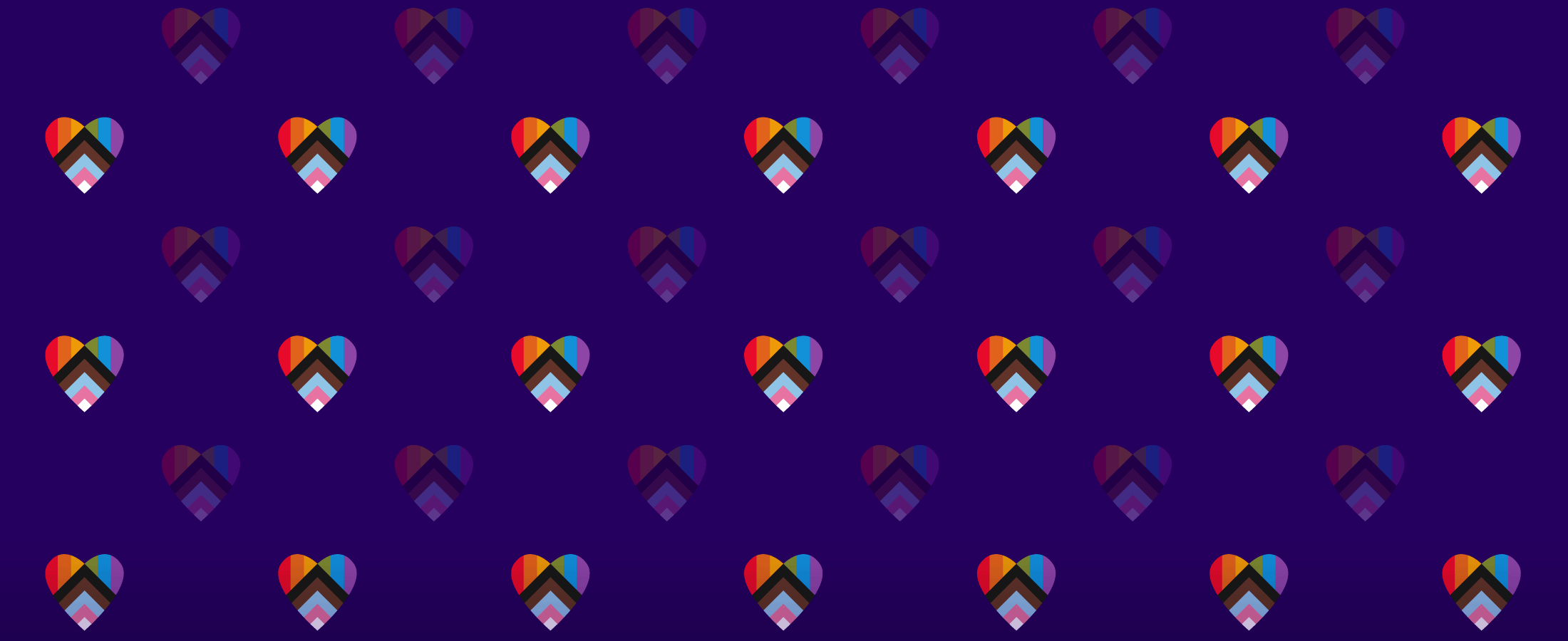
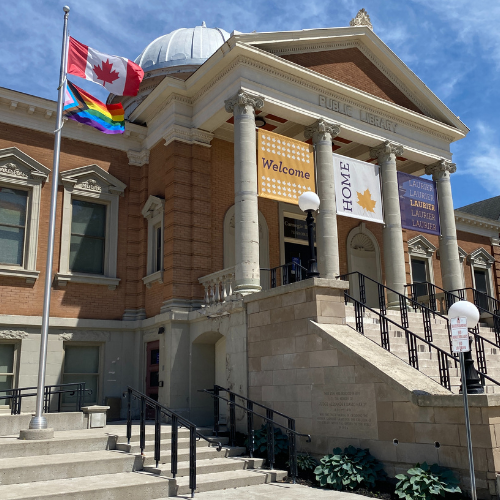
Each June, Pride Month recognizes the experiences and history of Two-Spirit, lesbian, gay, bisexual, trans, queer, questioning, intersex and asexual (2SLGBTQQIA+) communities and celebrates their positive impacts around the world.
Wilfrid Laurier University aims to create safe and equitable campuses for all 2SLGBTQQIA+ members of its community.
Flying the Progress Pride flag represents Laurier's commitment to honouring the identities, experiences and contributions of 2SLGBTQQIA+ peoples and their continuing struggle for social, political and economic equality, as well as the university’s commitment to the inclusion of First Nations, Métis, Inuit, Black and racialized voices in 2SLGBTQQIA+ and other equity initiatives.
The Progress Pride flag, designed by American non-binary artist Daniel Quasar in 2018, is an evolution of the original Rainbow flag created by artist Gilbert Baker in 1987. The Progress Pride flag includes black and brown chevrons to represent marginalized and racialized communities, individuals living with HIV and those lost to AIDS, while the pink, light blue and white chevrons represent the colours of the Transgender Pride flag.
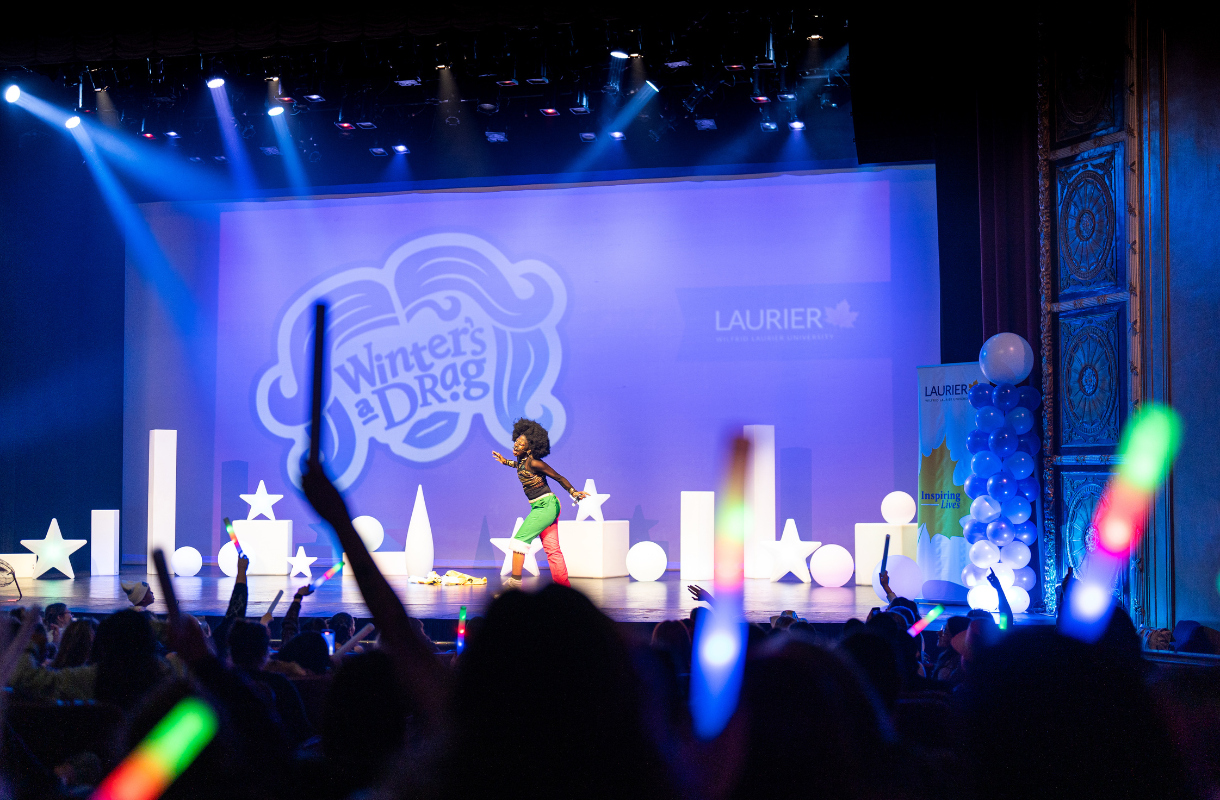
Laurier and Luther students, staff and faculty are invited to visit the Drag and DIY Pride Fair to get crafty and enjoy a show with local drag performer Kara Melle.
Activity stations include t-shirt tie-dyeing, bracelet making, button making, temporary tattoos, make-your-own rainbow lemonade, and more!
There will also be activity and community resource tables by:
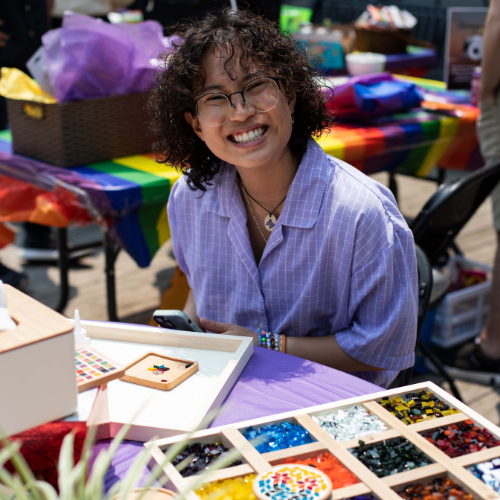
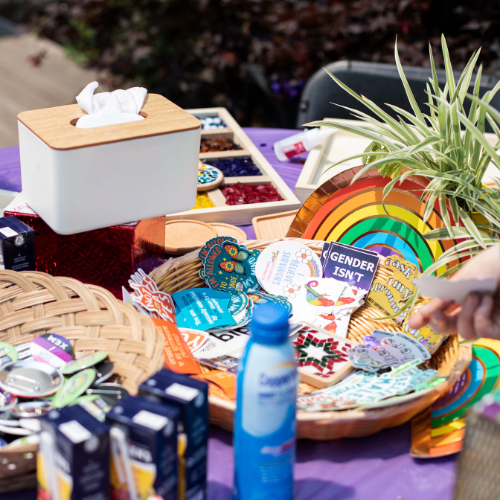
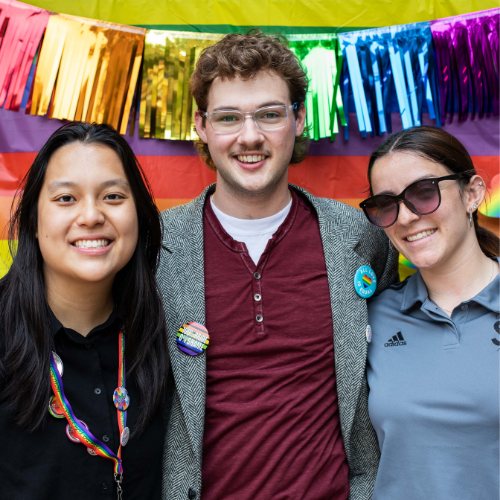
Winter’s a Drag returned to Laurier Brantford for a fabulous fourth year in January 2025. The community event is a colourful, vibrant celebration of self-expression and inclusion featuring performances by professional drag artists, artist meet-and-greets and prize giveaways.
Local drag artist Xtacy Love has performed at Winter’s a Drag every year since its 2022 premiere.
“The Winter's a Drag audience is electric,” says Love. “They’re so diverse in terms of background, age and orientation, but they’ve all come together to forget about the chaos of the world for the duration of the show. It’s just a giant room of fun.”
Though Love has toured around the globe, a hometown performance holds special significance. “When I was growing up, the message was ‘don't be who you are,’” she says. “Now I’m on stage celebrating it. It’s great.”
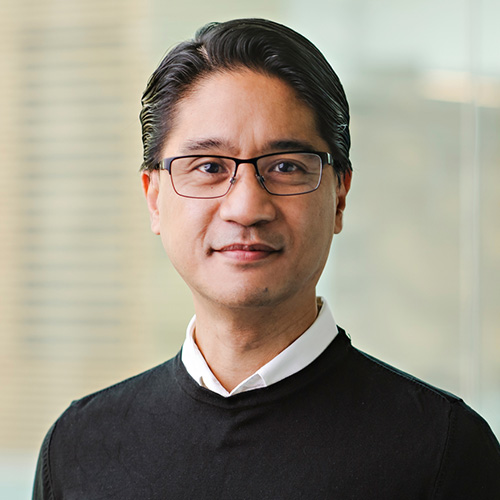
Why do young people typically make it sound like bad news when they come out of the closet? Assistant Professor of Sociology Jeffrey Aguinaldo has analyzed hours of real-life recordings of “coming out” conversations.
“Almost all of these conversations feel like the person is sharing bad news,” says Aguinaldo. “At the macro level, we have laws that protect 2SLGBTQQIA+ people. But at the interactional level, we are still participating in this idea that coming out as anything other than heterosexual or cisgender is necessarily bad.”
When listening to recordings of day-to-day conversations, Aguinaldo has observed a lot of concealment: side-stepping questions about plus-ones at weddings or vague references to recent dates in order to avoid revealing sexual or gender identities. He hopes his eventual research findings will influence how people interact with one another in family and even workplace environments, rendering the need to disclose or conceal unnecessary.
While completing her master’s degree, Abbi Longmire’s (MSW ’24) research focused on Queer Liberation Theory, the idea that queer movements must move beyond acceptance toward liberation. While there has been societal progress in securing individual rights, such as same-sex marriage, many members of the 2SLGBTQQIA+ community remain marginalized.
Longmire and Cameron McKenzie (Social Work) hosted a Queer Activist Symposium at Laurier where 69 participants, presenters and organizers met over the course of two days. It included presentations by Canadian historians and activists across intersectional movements such as Black Lives Matter Toronto and O:se Kenhionhata:tie Land Back Camp. The event concluded with a presentation on Queer Liberation Theory.
After sharing the three core values of Queer Liberation Theory – anti-assimilationism, political economy and solidarity across movements – group discussions revealed four additional priority areas including access and diversity considerations; decolonizing community and activism; crediting and centring marginalized voices, concepts and history; and creating a platform for future generations. Longmire and her team produced a comprehensive community report to present at conferences in the coming years.

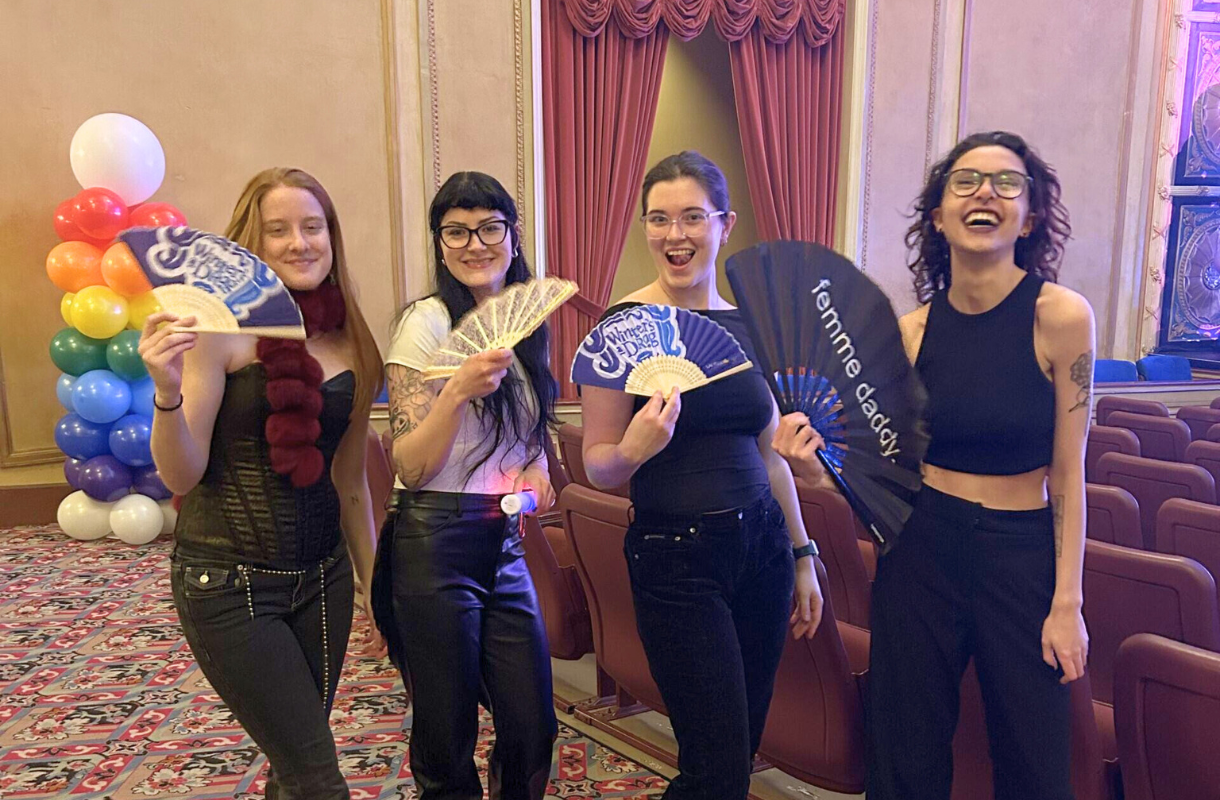
The Centre for Student Equity, Diversity and Inclusion (CSEDI) works to cultivate a campus culture that respects and promotes equity, diversity, inclusion and social justice in all aspects of Laurier – from classrooms to residence communities. Through CSEDI, Laurier students have access to resources related to gender and sexuality, and its student services offer safer spaces for students and their allies who identify with 2SLGBTQQIA+, women-centred, Indigequeer and gender-inclusive communities.
A gift to CSEDI helps the centre continue growing to better meet the needs of Laurier's increasingly diverse student population and deliver educational programming across both campuses.
The Career Centre and CSEDI work closely to provide services for 2SLGBTQQIA+ students and alumni at Laurier. As a member of a distinct community, you may have specific concerns while making career decisions or finding a job such as when and if to disclose to an employer, how to research inclusive organizations and what to include when writing a resumé. Browse career resources or book an appointment for individual support.
In this video resource, conversations between 2SLGBTQQIA+ students, staff and faculty at Laurier aim to bridge the generational gap within the queer community through discussion about their experiences and learnings.
Download a free copy of Consent is Golden’s “Tales of Truth” colouring book, dedicated to and made for two-spirt, trans and non-binary folks, and those who care for them. The colouring book is brought to you by Laurier’s Sexual Violence Response Team, and the art was created by three young, gender-diverse artists from across Ontario. Stop by the Office of Human Rights and Conflict Management to pick up a printed copy.